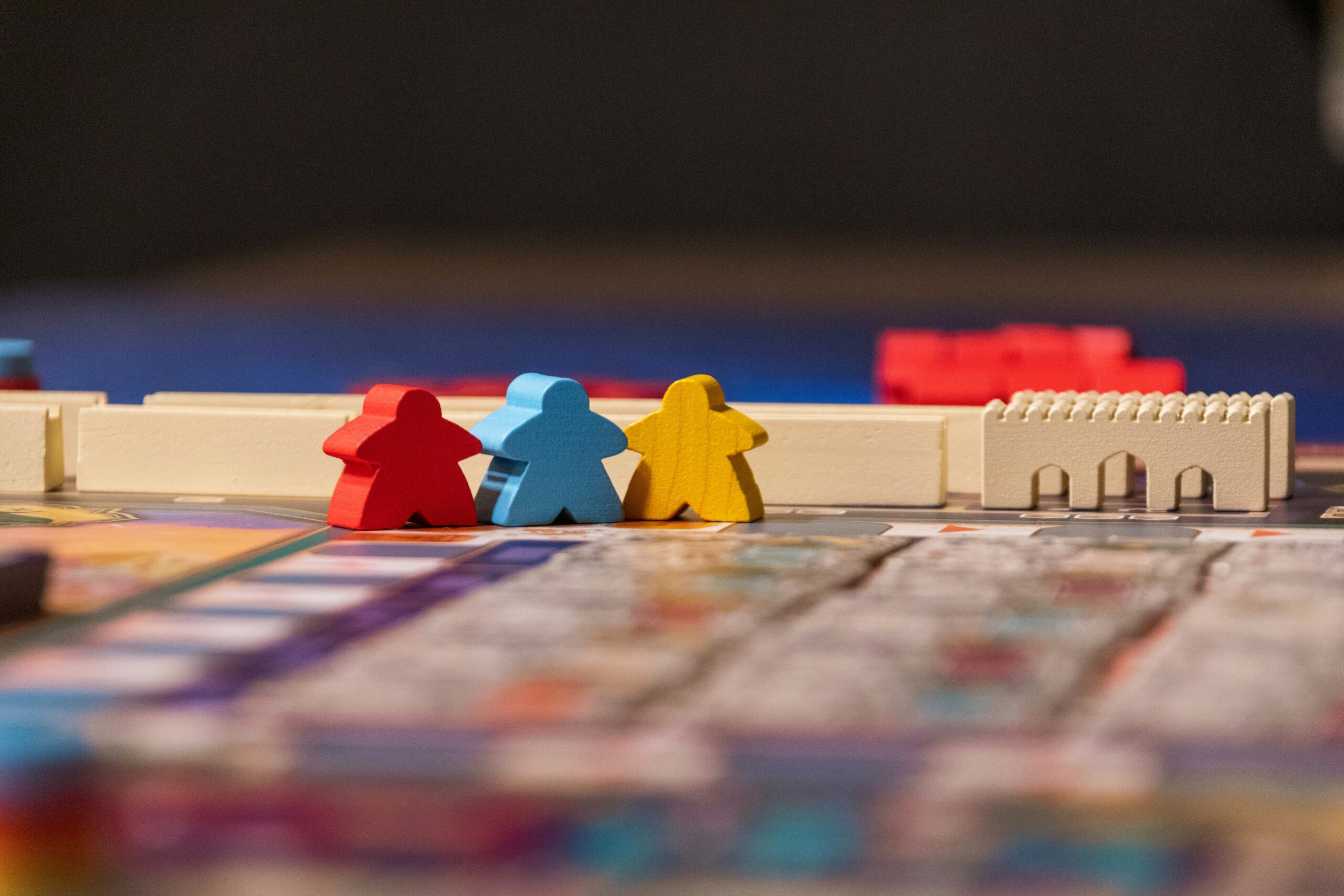We’ve talked about motivation, and discussed big data, and now it’s time to dive into gamification. Paharia (2013) defines this big fancy word as “motivating people through data”, or in other words, leveraging user’s data to motivate them to take a desired action. Essentially, gamification is what you get when you combine motivation with big data. While it may not take the form of actual games, gamification can be characterized by its goals to measure and motivate, increase recognition and build rewards through loyalty, and solidify reputation through amplifying activity (Paharia, 2013).
Paharia states that a common way to utilize gamification is enable users to “visualize and derive insight” from it, for example, using data to provide a “quantified self” for a user in order to motivate them towards some goal (2013). This can take shape in many ways, thanks to the highly digitized world we live in now. For example, if your health is what motivates you, you may find yourself using sleep tracking apps, fitness watches that track your heart rate and workouts, and meal journaling apps; all your efforts become directed at becoming the healthiest version of yourself, and you stay on track and in check by quantifying and visualizing every thing you do in order to make your goals achievable. Make sense? Now, imagine how long these goals would last without the fun graphics, little rewards, and visualized data that certain apps have to offer you – they wouldn’t last long, right? This is gamification.
Real-time feedback, continual progress rewards, and community competition are the boosters behind gamification. Whether skill development, fitness, or job training, gamification is a large part of cultivating customer and employee loyalty. What’s interesting is this isn’t a new, big idea – it’s been a tactic for a long time! Paharia brings up badges in Boy Scouts or the colored belts in karate as examples of gamification; using visual elements to motivate and encourage leveling up in order to attain awards (2013). In the era of Loyalty 3.0, big data has made itself a crucial tool in allowing gamification to continue to be such a successful tactic. Automated streams of data now have the ability to flow directly into specific gamification engines, giving businesses the capability to respond to users in real time in order to motivate them towards the business’ desired outcome.
Gamification, at its core, is more about creating a user-business experience than it is to be entertainment. While true games and “advergames” have the end goal of conveying advertising content, being educational, or simply being entertaining, gamification goes deeper (Paharia, 2013). In the text, Paharia (2013) outlines five intrinsic motivators that contribute to the successful implementation of gamification as a tactic rather than entertainment:
- Autonomy: I control
- Mastery: I improve
- Purpose: I make a difference
- Progress: I achieve
- Social interaction: I connect with others
These motivators are what spark user loyalty and engagement. When a business utilizes all five well, consumers will not only accomplish their personal goals, but they will also build trust and foster loyalty with the business.
Knowing all of these things about motivation, big data, and gamification, what can Christians learn from and apply in the workplace? Hebrews 10:24-25 (NIV) says “and let us consider how we may spur one another on toward love and good deeds, not giving up meeting together, as some are in the habit of doing, but encouraging one another – and all the more as you see the Day approaching.” As Christians, we are called to encourage and motivate one another to do the Will of God; so just as businesses utilize big data and key insights to motivate customers and drive loyalty, let us consider our purpose in Christ and motivate our brothers and sisters to be what God has called them to be.
Paharia, R. (2013). Loyalty 3.0: How to revolutionize customer and employee engagement with big data and Gamification. McGraw-Hill.
